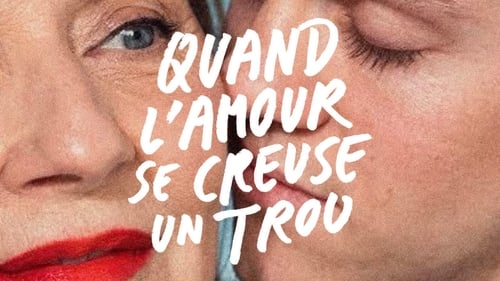
Director
Featuring enigmatic, hand-processed images, and an a capella vocal with electronic processing, Istashraktak is a 16mm film created to accompany Jerusalem In My Heart’s Qalaq album track “Istashraktak.” When the album’s instrumental version is played together with the film, they combine to complete a vocal version of “Istashraktak.” The film is equally intentional with the stand-alone vocals.

Director
Vertiginous masses of carved limestone give way to an ecstasy of light and living color through an alchemical spell of elemental transformation. Hierarchies dissolve as the transient quotidian inspires the monumental. Dans les Cieux et Sur la Terre was shot and hand-processed entirely on 16mm reversal films, with all of the composite images created in-camera.

Director of Photography
그들이 밤을 헤매는 동안, 르네가 어둠에서 벗어났다는 소식이 도착한다. 모데스트는 누나와 어색하게 재회해야 하는 상황에 갑작스레 놓이게 된다. 몇 년간 실종 상태였던 르네의 귀환에, 르네의 딸 아텐과 가족들은 동요한다. 르네가 과거의 파편들을 모아 자신의 꿈을 만들어 나가기 시작하자, 불길한 예감이 땅을 뒤흔든다. 2년간 캐나다 원주민 메티스족의 중심지인 ‘1번 조약 지역(Treaty 1)´의 사적이고 상징적이며 역사적인 장소들을 촬영했다. "쌩땅느"는 이 땅을 이미지의 힘을 통해 복원하려 했다. (제22회 전주 영화제)

Lighting Production Assistant
Montreal, June 1995. Miron is a young delinquent who parties instead of going to school. His parents, both university professors, force him to move to the countryside in the hope that the remoteness of the city's distractions would allow him to concentrate and eventually succeed in high school. After a week at the cottage, Miron meets Florence, a 73-year-old neighbor. It's love at first sight between the two. Strongly in disagreement with this romance, Miron's parents forbid her to see her beloved 56 years older. But Miron, determined to live this love story to the end, will make every effort to see Florence again.

Director of Photography
This film, produced by the Canadian Centre for Architecture, explores the controversial story of the planning and politics of a series of overpasses on the parkways of Long Island, commissioned in the 1920s and 1930s by the influential American public administrator Robert Moses. The story suggests that these bridges were designed to prevent the passage of buses, thereby only allowing people who could afford to own a car to access Long Island’s leisure spaces. The film investigates the story and the ongoing academic debate that it spurred through interviews with four scholars who in the 1980s and 1990s discussed interpretations of the design. The questions that the film raises engage with issues of secrecy and control, the morals of power and the effects of technology.




